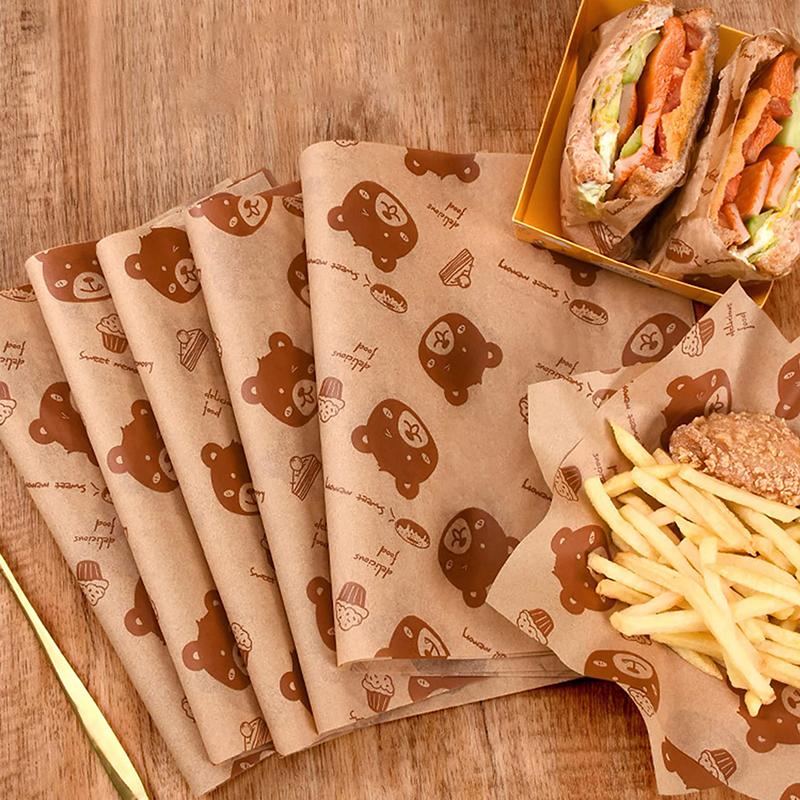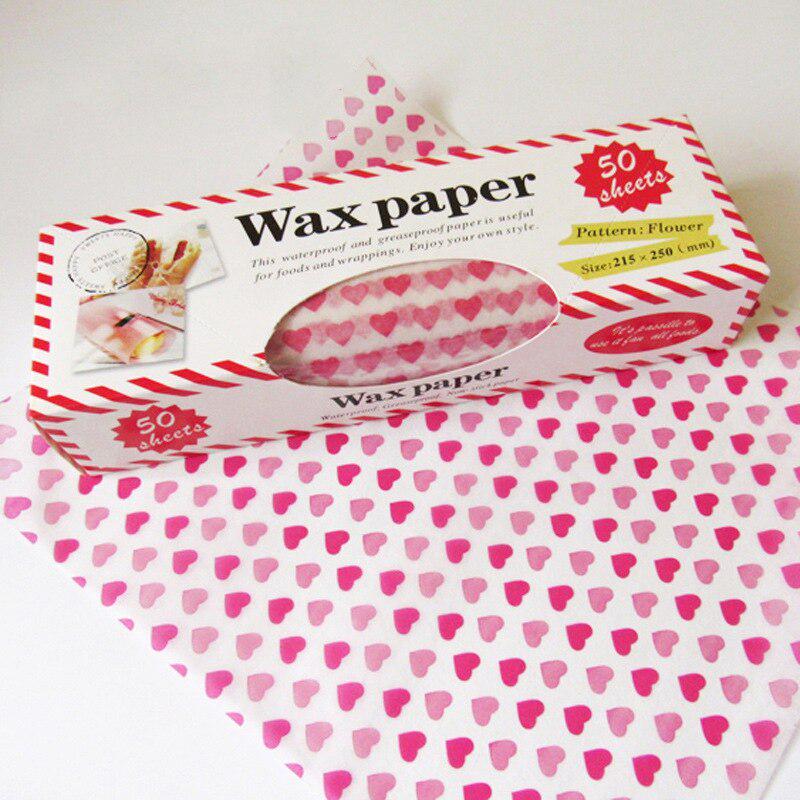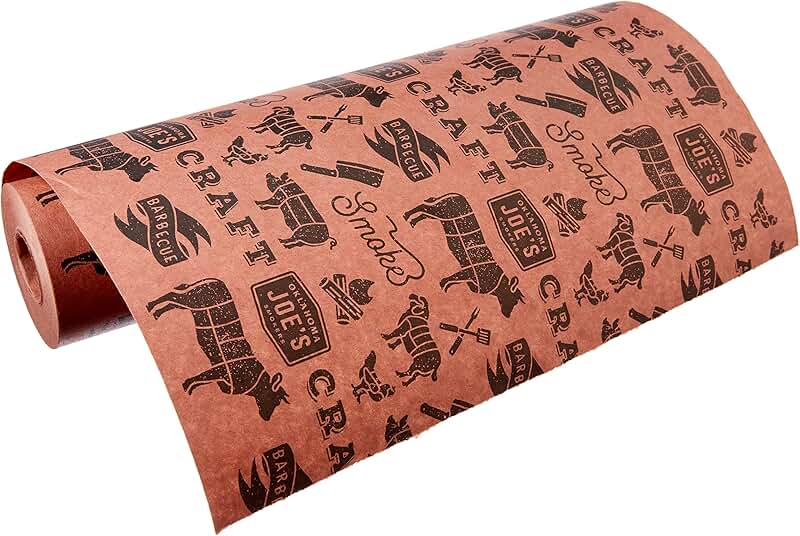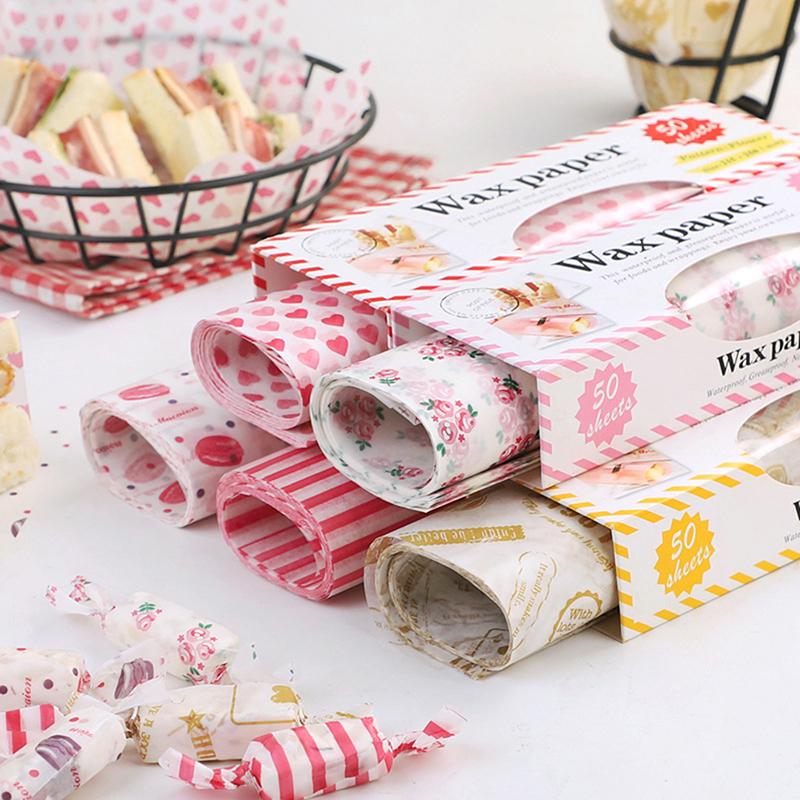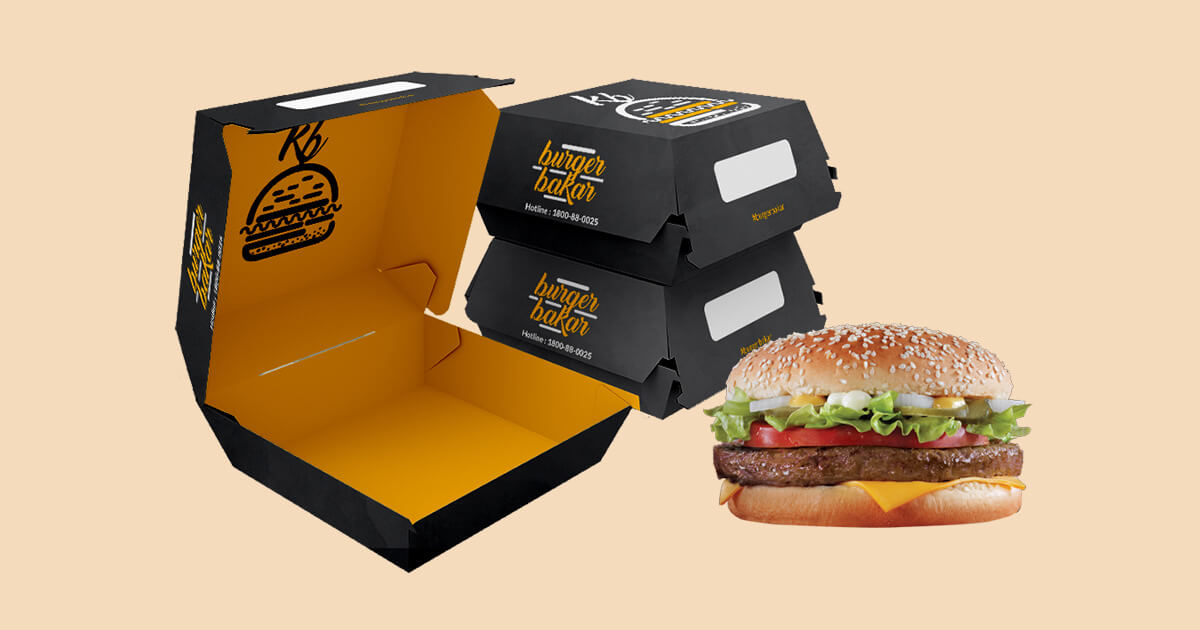
How Do Fast-Service Chains Ensure Food Stays Fresh?
- Book My Author
- Business
- 2025-10-01 13:54:34
- 1004K
When a person enters a fast-food place, the main hope is to get food that tastes close to how food comes right after cooking. Imagine ordering a burger with fries, but fries lose their crunch or the bread becomes wet. That kind of experience makes a person question visiting again. Freshness stands not only for flavor but also for trust. A customer trusts a chain to serve food that gives a sense of care and safety.
Freshness also relates to health. When food loses natural flavor or texture, people begin to wonder how long food remains on the shelf. Doubt forms quickly, and doubt can stop repeat visits. That is why chains always place focus on freshness as a key part of service.
How Do Chains Keep Ingredients Safe Before Cooking?
Fast food chains start by protecting ingredients. They work with suppliers who follow strong rules for farming, handling, and storage. Vegetables come from farms in a short time and reach stores fast. Meat stays at a proper cold level, so no spoilage happens.
Once food arrives at the store, staff members store items in proper places. Freezers, coolers, and dry spaces remain checked often during the day. If storage fails, freshness disappears, and the chain risks losing customer trust. Staff members use clean hands, gloves, and safe tools when moving ingredients. These steps may stay hidden from view, but they shape the overall quality served on the tray.
How Does Speed Help Maintain Freshness?
Fast food is known for speed. People order, pay, and receive food in minutes. Speed not only saves time but also protects freshness. Less waiting means less loss of taste or texture. Chains often build systems where food gets prepared close to time of order.
Burger patties may remain ready before, but toppings like lettuce, tomato, and pickles go on a bun only after order is made. That keeps bread from becoming damp. Fries often cook in small groups so the customer receives a hot portion. By balancing quick service with smart cooking, chains make sure food feels fresh in every order.
Why Does Packaging Play A Role In Freshness?
After the food leaves the kitchen, the challenge begins. Food must stay safe until the customer takes the first bite. Packaging handles this role. Without proper design, fries lose crunch, bread softens, or drinks spill. Chains learned long ago that packaging goes beyond storage. Picture a pizza box built with vents so the crust does not soften from steam, or a wrapper shaped to hold a burger without loss of heat.
Some brands now design packaging that balances heat and air flow. Many food places use Custom Fast Food Boxes because they solve these needs in flexible ways. A box shaped for menu items helps food remain secure from kitchen counter to customer hand.
How Do Workers Learn To Keep Food Fresh?
Fresh food requires staff training. Workers follow rules about timing, storage, and handling. Fries can stay under the lamp only for a short span, and if they remain longer, staff must replace them. Sandwich lines also require rotation of toppings so nothing becomes old.
Training covers wrapping, stacking, and serving methods. A worker learns to wrap a burger so bread stays firm and filling stays in place. Rotation of stock also matters. Items stored earlier get used before newer items. This prevents waste and ensures safe food.
A story shows this point well. A new worker once forgot to switch fries after the timer went off. The customer returned the portion due to the cold taste. That single mistake taught workers why timing and attention to detail remain important.
What Technology Supports Freshness In Fast Food?
Chains use machines that cook food with exact time and heat. Grills, fryers, and ovens now come with programs that control cooking with little error. This reduces mistakes and helps every customer receive the same quality. Sensors also help. Cold storage now uses alarms that alert managers when temperature rises above safe level. In delivery systems, apps link customer orders with kitchen timing.
That way food gets cooked just before the driver arrives. Technology reduces waiting and protects quality from start to finish. Technology also creates consistency. A person who orders the same food every week expects the same taste. Machines and sensors help meet that expectation without fail.
Can Packaging Support Freshness During Delivery?
Delivery is now central to the fast-food business. Customers expect food to arrive warm and safe even when the distance is long. Simple bags cannot handle travel stress. This is where stronger packaging designs help.
Businesses often turn to Custom Food Boxes because they fit delivery needs better. Some boxes include vents for steam release, some have tight lids for spill control, and some use extra layers to trap warmth. When a customer opens a box and sees a food that looks intact, the brand image grows stronger.
For smaller brands or startups, a company like Packlim offers packaging designed around menu and style. A burger, wrap, or fry order arrives safe when stored in packaging shaped for purpose. Customers notice small details, and these details can shape repeat business.
Why Should Food Chains Work With Packaging Partners?
Strong food service depends not only on the kitchen but also on outside support. Packaging partners play a major role. Without strong packaging, food quality can fall quickly. A partner helps design boxes, wraps, and boxes that match the menu and protect freshness.
Good partners also think about brand image. Packaging shows logo, design, and care level. That small detail can influence a first-time customer. When a customer feels food arrives in a clean, secure box, trust forms.
Custom Packaging helps food businesses by offering packaging solutions that cover both function and style. With the right support, chains keep food fresh and also build a strong identity. Competition is tough in fast food, so packaging must not stay last on the list but must stand as part of full service experience.
